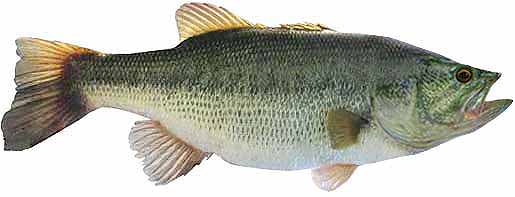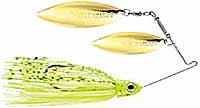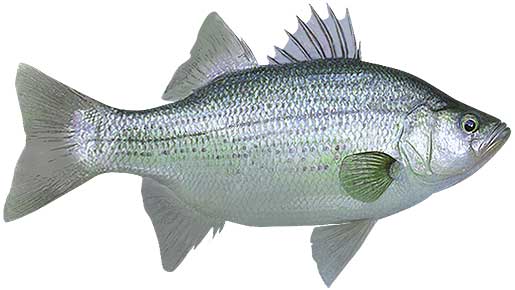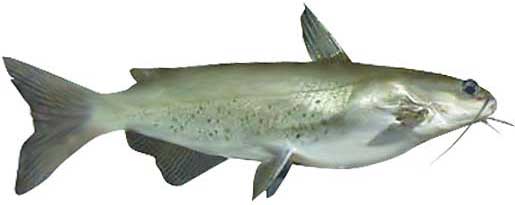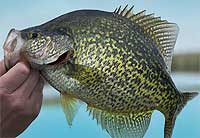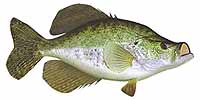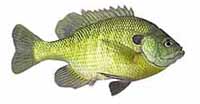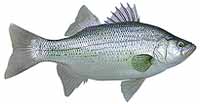Fishing Report For Salt Fork Lake, OH
AKA: Salt Fork State Park Lake
By Rick Seaman
Last updated on .
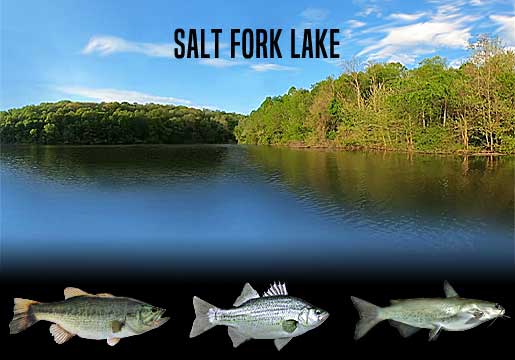
Fishing Reports
Popular Fish Species Salt Fork Lake, OH
Largemouth Bass
Current Report: Fair To Good
FALL. Now that Fall has arrived, bass here have moved shallow, following schools of baitfish into coves and shallow bays around 4 to 12 feet of water. Fed by Salt Fork at the southeast corner of the lake, and both the Sugartree Fork and the Rocky Fork from the north, Salt fork Lake has fertile water that ranges from muddy to quite clean. Currently topwater, jerkbaits, crankbaits, and slow-rolled spinnerbaits are catching most of the bass. Later in Fall, as deeper water cools, bait and bass move out to ledges, channel edges, points and humps where flutter spoons, jigs and drop shots are often good choices in 10 to 18 feet of water.
WINTER. According to local reports, bass here migrate to murkier water for it's warmth during cold-water conditions. Winter isolates largemouth around slightly deeper structure, flats, points and creek channels. They can be found from 15 to 30 feet deep. Here they hold, feeding less frequently, awaiting warmer water to return in Spring. Slow presentations are key to getting bites.
SPRING. Once water temperatures rise into the low 60's, largemouth will move from deep wintering holes, to shallower water nearby spawning areas. Vibrating jigs, jerkbaits and spinnerbaits typically get bites just away from the shoreline. At this time they are feeding aggressively in about 2 to 10 feet of water, and preparing for the spawn. Once water warms into the mid to high 60's, they will move into 2 to 4 feet of water, and create nests, then lay their eggs. Immediately afterwards, females move to deeper water and males remain to guard the eggs, and then the fry. After a couple weeks, the males also move to slightly deeper water. Deep-diving crankbaits, vibrating jigs, plastic worms and swimbaits are catching bass during this period.
SUMMER. Water temperatures will warm considerably in Summer. Bass will feed shallow, early and late in the day, where they will be caught in 2 to 10 feet of water. Topwater, square-bill crankbaits and spinnerbaits. Wacky-rigged stick worms always catch finicky bass when the bite is slow. Largemouth bass here feed on gizzard shad, threadfin shad, small sunfish and crawfish. During the hotter parts of the day, they are being caught on points, channel edges, and ledges 8 to 20 feet deep.
White Bass
Current Report: Fair
FALL. Early Fall finds white bass chasing baitfish that have moved into shallow coves and bays, from 5 to 15 feet deep. Once located, you can catch a nice bunch of fish. Small spinnerbaits, lipless crankbaits, small spoons, topwater lures and underspins are catching good numbers of whites. Later, once the shallows cool considerably from chilly Fall temperatures, schools of white bass, along with baitfish, move deeper. They are relating to most any structure, which includes drops, humps, timber, and creek channels, in deeper water.
WINTER. Winter for white bass is a continuation of Fall patterns, except slightly deeper, around 15 to 35 feet. They are being caught vertical jigging with spoons or blade baits, but most are caught using a slower retrieve. Minnows are a good option too.
SPRING. The Spring run, when white bass move into the river sections of the lake, inflowing creeks, or along windy points where they stay for several weeks. to spawn. This makes it easier to locate schools in 2 to 10 feet of water. Live minnows on a bobber, small swimbaits and small crankbaits all are working for white bass. White bass start their spawn run once the water temperature reaches the mid 50'sEarly Spring is a prime time to fill the livewells with some fat white bass. Spinnerbaits, curly-tail jigs, underspins, small crankbaits, small jerkbaits, and most any lure that resembles baitfish, will catch these feeding whites. As the water temperatures continues warming, they move out of spawning areas, into slightly deeper water. Look for them following schools baitfish in 10 to 15 feet deep. Also, watch for feeding frenzies when they chase schools of bait to the surface, and the fishing can be spectacular.
SUMMER. Summer finds white bass congregating in the main lake area, following and feeding on baitfish. They tend to stay in 10 to 25 feet of water, moving up and down the water column with the baitfish. They are being caught on slow-rolled spinnerbaits, curly-tail jigs, underspins, spoons, blade baits and small crankbaits, depending on the depth of the baitfish.
Channel Catfish
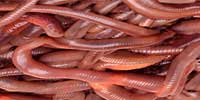

Current Report: Fair To Good
FALL. Salt Fork Lake offers fishing for two species of catfish. Channel catfish are the dominant population and locals report catching them with some ease. Fall is one of the better times of year for catching channel catfish. Early in Fall they cruise the 8 to 20 feet deep shallows, in search of food. Later, in the season they migrate away from the shallows and current, to moderately deep flats and channel edges on the main body of the lake, around 10 to 25 feet deep. Fishing for channel catfish is often productive around any kind of structure. Road beds, creek channels and rocky points are all good places to begin. Drift fishing or slow-trolling baits along mid-depth structure is popular and generally productive. Use a slip sinker or Carolina rig setup. Use cut bait, nightcrawlers, shrimp or prepared baits. They remain in these areas and feed aggressively in preparation for Winter.
WINTER. In Winter, the channel cats gather in deep holes and go virtually dormant, especially if water cools into the 40's. They hole up in pockets, deeper channels, ledges, and the basin areas from 20 to 35 feet deep and await warmer water. Slow presentations, especially cut bait, can still entice strikes. Often during mid day, through the afternoon, anglers are catching them a bit shallower on the same structure.
SPRING. In Spring, when water temperatures rise into the high 40's, channel catfish start their migration into coves and up river. Look for them in 5 to 15 feet of water. They hold here, and feed aggressively, around relatively shallow cover until water warms into the mid 70's, at which time they begin the spawn process. Anglers are using slip sinkers, 3-way rigs, or Carolina rigs to get, and keep, the bait close to the bottom. Focus on shallow flats in late evening.
SUMMER. In Summer, slow-moving water, at the river end of the lake draws catfish to feed, in mid depths. Now they are scattering, locating cover in slightly cooler water. Reports indicate the most successful anglers are using nightcrawlers, cut bait or shrimp. Most channel cats hold in 15 to 25 feet during the day, and 5 to 15 feet during the night. Fishing from late in the day until midnight is producing some of the best results, as this is their prime feeding time.
Fishing Video
Fish species to fish for...
Guide to fishing for largemouth bass, smallmouth bass, channel catfish, flathead catfish, black crappie, white crappie, walleye, bluegill, white bass, muskie and saugeye at Salt Fork Lake in Ohio.
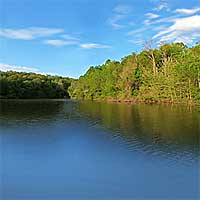 Located in Salt Fork State Park, Salt Fork Lake is a 2,900-acre fishery with over 60 miles of shoreline. The lake hosts bass, muskies, walleye, crappie, catfish and sunfish. In Winter, when ice is safe,ice fishing for black crappie, white crappie, walleye and bluegill can be quite good.
Located in Salt Fork State Park, Salt Fork Lake is a 2,900-acre fishery with over 60 miles of shoreline. The lake hosts bass, muskies, walleye, crappie, catfish and sunfish. In Winter, when ice is safe,ice fishing for black crappie, white crappie, walleye and bluegill can be quite good.
Primary fish species to catch
Click images for fishing tips and details about each species.
Today's Weather & Forecast
Public Boat Launch Ramps & Landings
Click here for boat ramps.
Fishing License
Click here for a Ohio Fishing License.
Salt Fork Lake OH Map - Fishing & Access
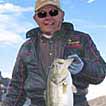 Rick Seaman is a fishing enthusiast with over five decades of fishing experience, a retired tournament fisherman, author of numerous published articles on fishing, and co-author of the book "Bass Fishing - It's not WHAT you throw, It's WHERE you throw it".
Rick Seaman is a fishing enthusiast with over five decades of fishing experience, a retired tournament fisherman, author of numerous published articles on fishing, and co-author of the book "Bass Fishing - It's not WHAT you throw, It's WHERE you throw it".
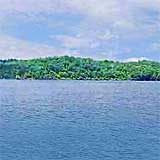 Contact Information
Contact Information
Salt Fork State Park
14755 Cadiz Road
Lore City, OH 43755
740 432-1508
Fishing lakes in each state
101525
Salt Fork Lake, OH Report
OHIO


Fishing for bass, muskies, walleye and crappie in east-central OH


